XCOM: Enemy Unknown Review
Not all turn based strategy games are created equal. UFO: Enemy Unknown was one such title, released back in 1994 and quickly gained a huge following thanks to its deep mechanics and unrelenting difficulty. Following a few expansions and failed reboot attempts, XCOM: Enemy Unknown has now made it on to store shelves, promising much of the same classic gameplay that the originals were known for. And who else better to reboot this series than Firaxis Games, developers that took another hugely popular Civilization series and updated it over the past few years. The new XCOM: Enemy Unknown is not as deep as the originals, but its essential elements of squad management and base building live on through punishing difficulty.
Enemy Unknown, like the original games, put the player in an alternate world history where aliens have invaded earth. You are tasked with commanding XCOM, an elite military organization that has been put together with the help of all major nations and your job is to protect Earth from this invasion. You’re given a choice of a base location, each providing various passive bonuses to your cause. Unlike the original games, you’ll just be limited to one base on Enemy Unknown, and will have to organize your buildings accordingly.
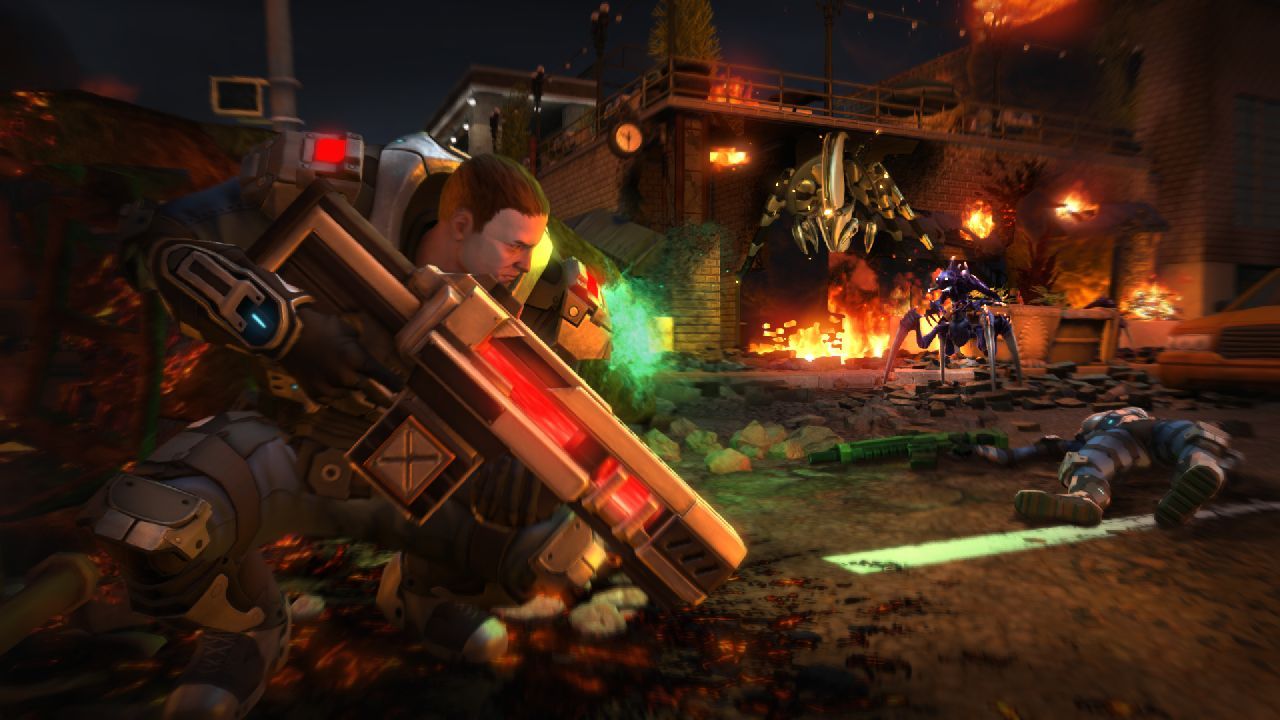
At the outset, the game feels quite overwhelming, but it’s not long before you are familiar with the base and its various sections. You start off with the basics, such as a research center where you pick what tech to unlock next; an engineering lab where you can order the construction of new buildings in your base; and the barracks where your troops reside. The main control room has a map of Earth, providing an overview of the situation and also used to advance time in the game. From there, you need to use money and engineers to create new buildings inside your base – space for which needs to be first excavated. Everything takes time, which you have to advance manually.
As you progress through the campaign, alien attacks will occur in various parts of the world, and you’ll often be faced with choices of which request to respond to. The missions come with a couple of different objective types (terror, bomb refusal, civilian rescue) and varying degrees of difficulty which usually translates to higher number of tougher foes. Also important to note are the rewards for completing a mission, as well as the panic level of the country that’s asking for help. The game’s progression heavily relies on keeping the aliens in check, meaning that if you don’t provide support to a country, their so-called panic level increases, until they eventually abandon their support for XCOM – and thus any funding you’ve been receiving from them will be gone, upping the difficulty.
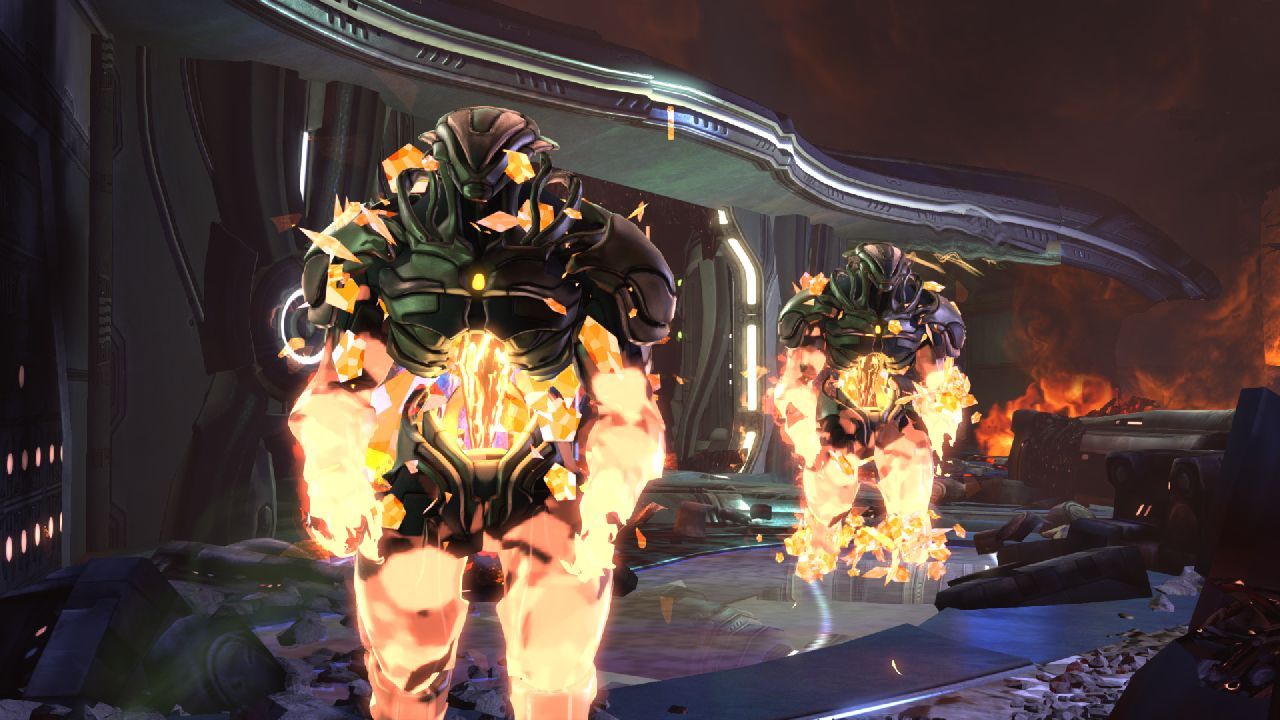
And that’s one of the major concerns with the game. Or perhaps it’s a selling point – depending on the type of player you are. Even on medium difficulty, the game is a challenge, and it’s easy to see Earth’s hope slip away as overwhelming alien forces attack on regular basis and you don’t have enough satellites in the sky to help them all. Panic levels will spike, and it’s not long before there’s no hope left. In order to succeed, chances are you’ll need to restart the game a number of times in order to get the best build order – XCOM isn’t a game that allows for much freedom of development of playing how you want. Instead, it’s a very strict and punishing experience that requires players to understand what needs to be created and when. Build something else, and chances are the cascading effect of a missed opportunity for another satellite will take you down not too far down the line. Fans of the equally hard original game may rejoice, but this type of campaign design just seems outdated and prevents any experimentation for those just looking for a good time.
When you actually respond to cries for help from nations is when the second type of gameplay kicks in for Enemy Unknown. Actual gameplay battles play out as turn-based strategy encounters from a third person isometric camera. You control a squad of soldiers, between four and six, getting deployed on one of the game’s maps. You’ll notice right away that the maps are disappointingly generic. A couple of urban environments and a couple of wilderness sections are about all the variety you get. The game always proclaims of your globe-trotting adventures, but there is zero difference between how a forest level in Canada and a forest level in Africa looks; same with the urban settings. It’d be nice if any effort at all was put into distinguishing the areas, otherwise for all we know, XCOM could have been deploying its soldiers in and around one small town somewhere.
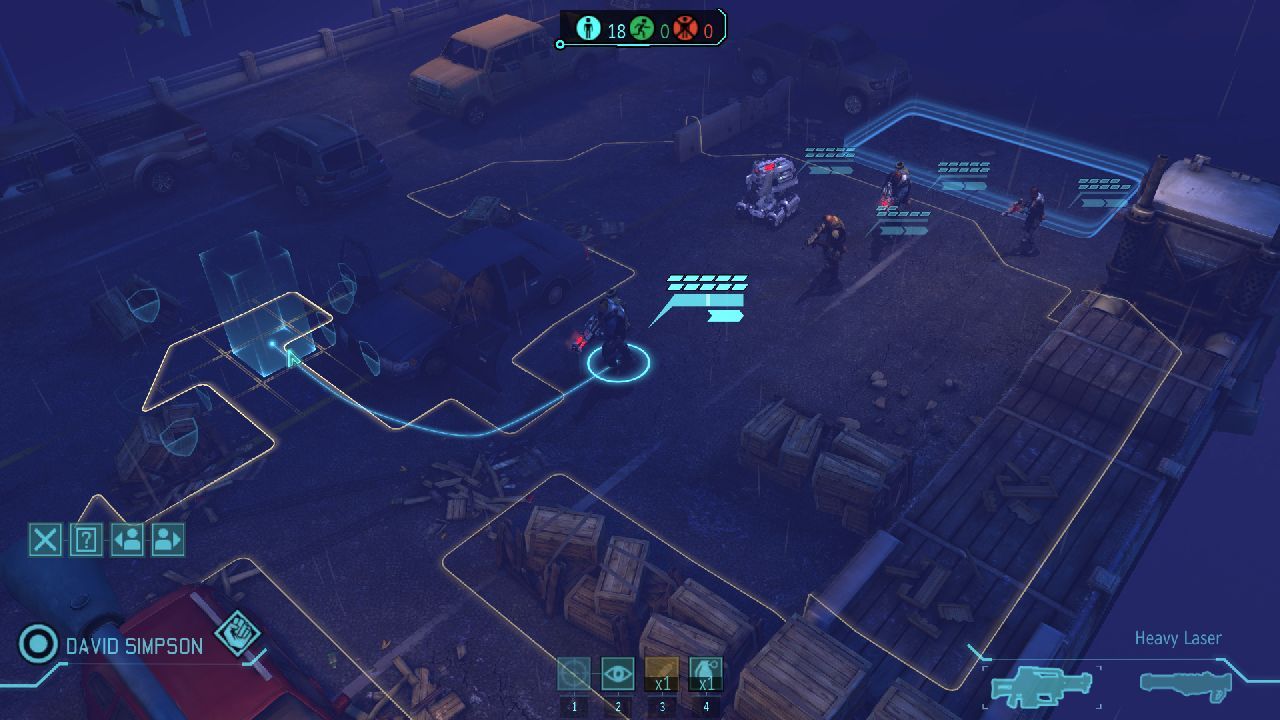
The levels themselves are decently vast, and are designed to provide cover opportunities anywhere. Fog of war hides the aliens and their actions from view until the player’s soldiers are in range and have line of sight. So, upon deployment you throw the men and women into cover, and begin your advance. After each soldier has moved, the turn changes to the aliens, and then back to the player. Until you see an enemy, the aliens are actually not moving, simply spawned somewhere on the map, and give you directional audio signals to help you find them faster. Once discovered (and this is a bit of an annoyance) the aliens engage in combat and actually get one free turn, so hopefully none of your soldiers were exposed.
All maps provide lots of opportunity for cover, which is very important in Enemy Unknown. Or at least, it should be by design, but doesn’t really have much effect – more on this later. So once the aliens used their freebie move, it’s time for your squad to engage. The game has various tactical options that your soldiers can perform. Basic movement allows you to advance a certain distance and then still fire off a shot – or you can spend all your action points and get your soldier to sprint a farther distance. At that point, you can take a shot, use a special ability, or put the soldier into an overwatch or defensive mode. As overwatch, you’ll get a free shot for any alien that moves in your line of sight in the next turn, and while defensive you get a bonus against incoming damage.
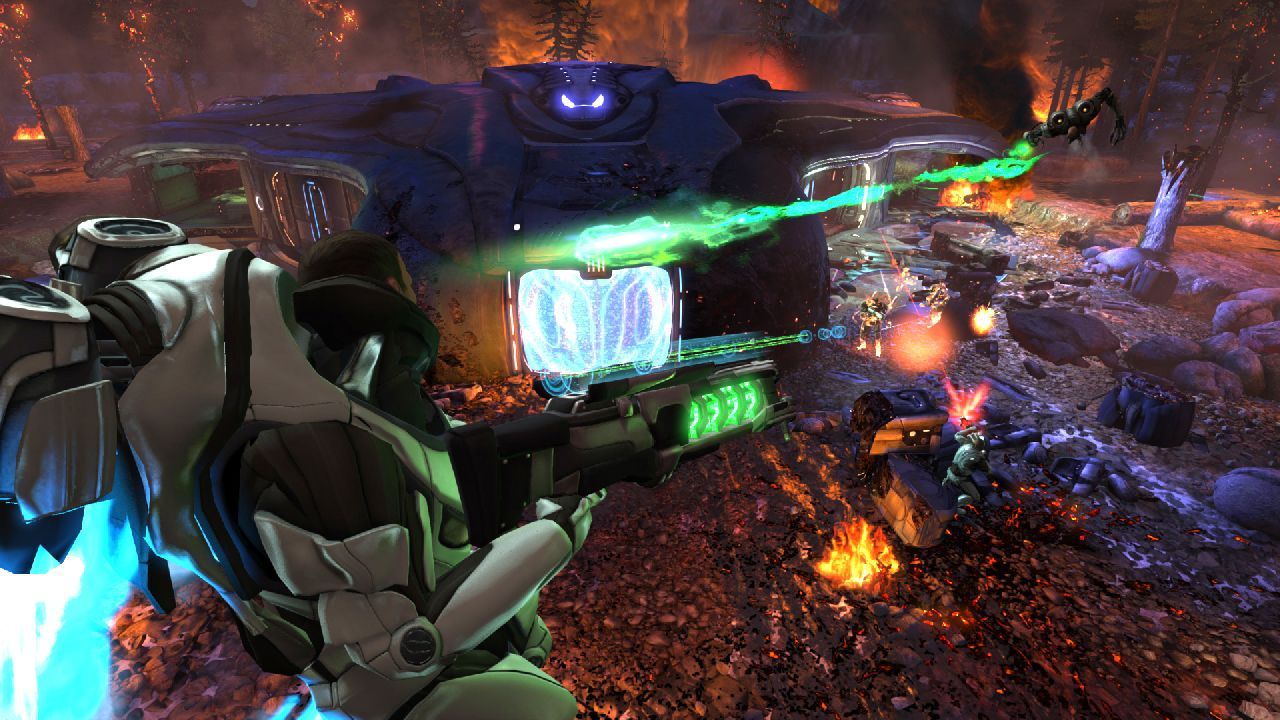
Once a firefight breaks out, the game’s further design missteps come into the light. This isn’t a shooter where you directly control the aim of your soldiers. Instead, you’ve got a percentile probability to hit, and a separate chance to inflict a critical shot. The first number is obviously more important, and is affected by how far and at what angle the enemy is. Sadly, the numbers just don’t work a lot of the time, and have little regard for the environment. Your soldier could be in full standing cover, while an enemy is quite a few paces in front and has about a 20 degree angle from where you are. No matter, they will get a one-shot kill on your soldier (which happen infuriatingly frequently by the way), as you helplessly watch their laser fire simply pass through a solid wall. Whether that’s a design issue or a visual issue, it is frustrating regardless. Another annoyance is that the keybindings change – it would have made much more sense to keep the universal actions (shoot, overwatch, etc) on the same keys for all soldiers, but instead they get shifted around as you unlock new abilities.
As mentioned, numbers are supposed to play a big role, but they always seem to favor the aliens. Having a 50% chance to hit your target feels far less than that when the actual shot occurs, while your enemy can get the most incredible headshots. It’s this lack of balance and sheer randomness that costs you valuable units, all the while your defenseless rookies somehow survive the biggest onslaughts because their cover actually holds or the enemy simply misses all the time. So your squad members will die, and will die a lot. Death is permanent in XCOM, and so you’ll often need to visit the barracks and recruit new soldiers to fight. The downside here is that with each battle, your squad members gain experience and unlock new abilities – so losing them is painful as you have to resort to rookies again. It takes definite patience to survive XCOM’s trips, but also no certain amount of luck.
Things get a bit more balanced when it comes to multiplayer. Here, players get a certain amount of points to create their squad, with the ability to utilize upgrades and high-end units at the cost of more points. You can also select aliens as your squad members in online play, though it doesn’t really revolutionize anything. Given the game’s reliance on statistics and luck over any true tactics, selecting just two most powerful alien units guarantees victory even against a larger squad of medium strength humans. The matches play out pretty well the same way as the campaign, without any game alterations specifically for multiplayer.
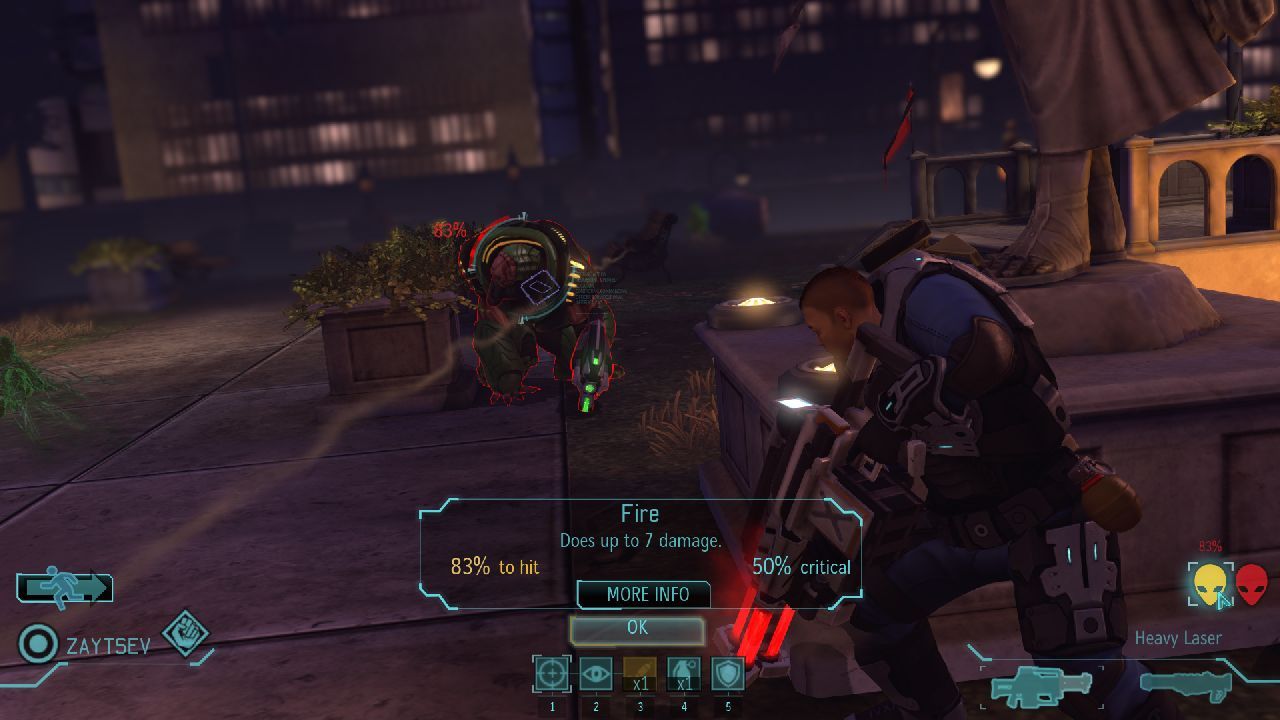
The game’s visual style has a rather uninspired design, with soldiers resembling those from Gears of War and aliens being rather stereotypical as well. And as discussed before, environment visual variety is very limited, even the alien ships look rather the same. The camera isn’t exactly great either – having quite a struggle when you’re trying to view the battlefield from the edge of a map, or when changing elevation. Having said that, Enemy Unknown runs very well on even aging PC hardware and looks very sharp. The voice acting and audio design is fine, nothing in particular stands out for better or worse.
With XCOM: Enemy Unknown, Firaxis Games have shown once again that they are more than capable of reimagining classic strategy games for the current generation. Sure, this newest edition may be simplified and streamlined, but it’s a re-launch of the franchise after all, not a remake. Fans of the original game will be pleased with the modern game engine and visuals providing a nice backdrop to the hardcore turn based action, and a punishing difficulty that remains fully intact. Newcomers, meanwhile, may want to tread carefully and consider just how much patience and tolerance for “roll of the dice” gameplay they have.
